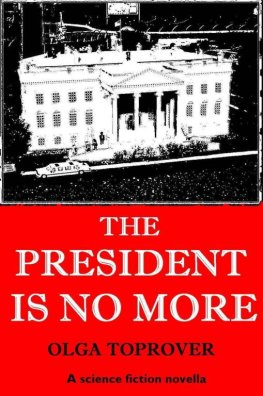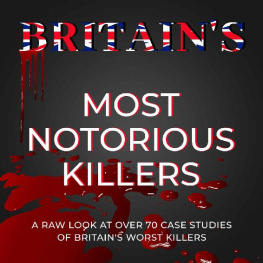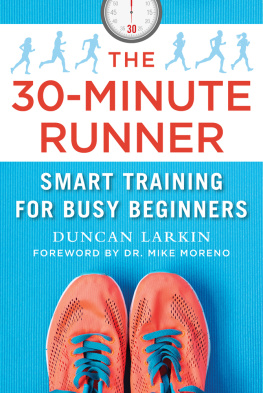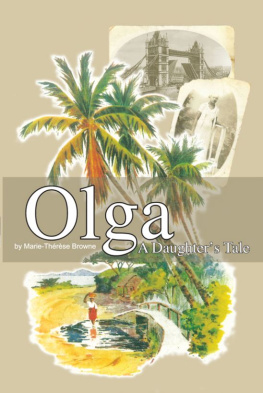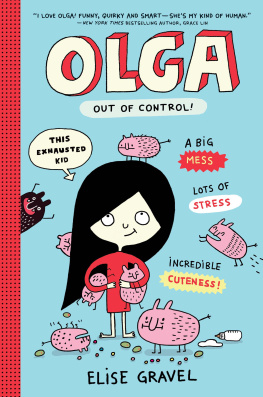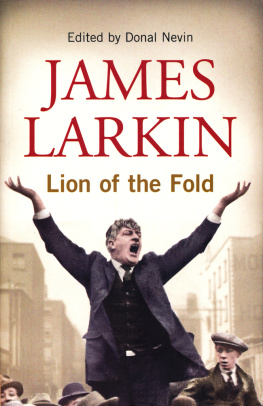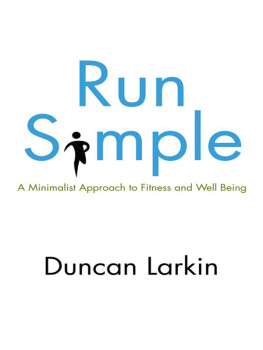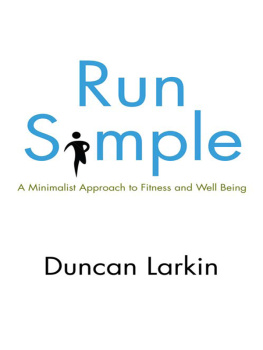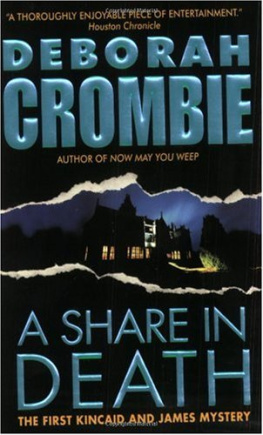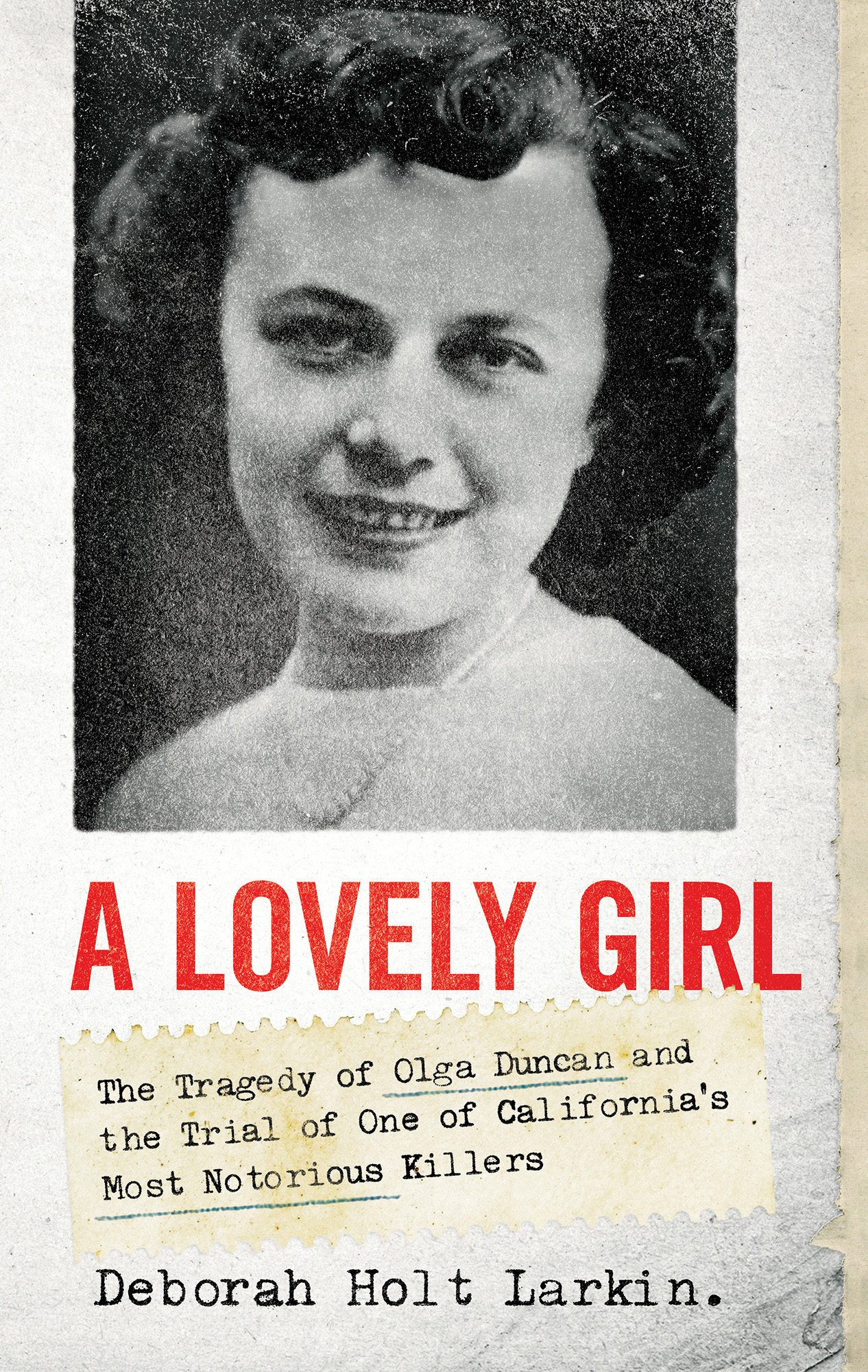Contents
Guide
A Lovely Girl
The Tragedy of Olga Duncan and the Trial of One of Californias Most Notorious Killers
Deborah Holt Larkin.
For my father, Bob Holt, my inspiration to write this book.
And to the memory of a lovely girl, Olga Kupczyk Duncan, my motivation for telling this story.
Note to Readers
T his is the true story of a notorious 1958 murder case in my hometown that had an immense impact on our community, my family, and me. The book is based on extensive research and many sources. Details of the investigation and trial scenes have been drawn from over five thousand pages of trial transcripts, as well as newspaper articles and an unpublished account written by the young district attorney who prosecuted the case.
My father was the lead reporter who covered the case for the local newspaper. His personal files and recollections inspired this book. The commentary on the crime and the trial expressed by my father reflects our many discussions over thirty years about what he referred to as the remarkable Duncan case. A few of the family chapters are based on his newspaper columns.
Some incidents have been recreated for dramatic purposes, and where necessary, Ive made grammatical changes to witness testimony for the sake of clarity, as well as edits for the sake of brevity. But I have altered no facts.
I changed the names of several characters in the true crime chapters, but their actions and words are all based on the facts of the case. Detective Jim Hansen is a composite character representing the many detectives on the Santa Barbara police forcetoo many to include in the bookwho worked tirelessly to investigate Olga Duncans disappearance. Again, the facts of the police work are unchanged. Bennie Jo Colton, the only female journalist assigned to cover the trial, is a fictitious name but based on a real person.
My school classmates are also composite characters, their names fictitious. These composite and fictitious characters are noted with an asterisk (*) the first time their names appear in the story. But I used the real names of my close childhood friends, the Alameda Avenue girlsMarilyn Waples, Judi Smith, and Linda Honer.
I apologize for any minor errors I may have made in my descriptions of 1958 Venturathe layout of the town, the courthouse, the old Star-Free Press newspaper offices. It is impossible to see the past precisely as it was because we all look at long-ago events with knowledge of what we now know and understand. My memory is good, but obviously I cannot perfectly remember whole conversations that took place over sixty years ago. However, the dialogue in the book fully represents my recollections.
A Special Note about the Law
Police requirements and court proceedings have changed since 1958. The Olga Duncan murder occurred eight years prior to the enactment of the Miranda warning, in which the US Supreme Court ruled that individuals in police custody must be advised of their right to remain silent, their right to have an attorney present during questioning, and their right to have an attorney appointed for them if they cannot afford one. In 1958, an attorney was appointed without cost to the accused only after they had been charged with a crime in court.
PART ONE THE DISAPPEARANCE
May 11, 1958December 21, 1958
CHAPTER ONE SHATTERED SECURITY
Ventura, California, 1958
T he year Olga Duncan disappeared was the year my mother hired the convict babysitter. Mother worked as a psychiatric social worker at the state mental hospital in Camarillo, California. Over the years she had employed a string of babysitters to help watch my sister, Betsey, and me, as well as do the laundry, make the beds, and clean newsprint smudges from the doors. The year Olga disappeared, I was ten and Betsey six.
Mother was a little lax about checking the references of the sitters she employed, preferring to rely on her intuition. She claimed that she could read people after so many years spent working at the mental institution. But the truth came out about our new babysitter when her parole officer called a few weeks into the job to check up on Jolene*.
At first it didnt bother me that Jolene had driven the getaway car in a liquor store heist. She was nineteen, a big, jolly girl with dark brown hair and twinkling eyes who always said cool stuff like, Youre the ginchiest. She painted our toenails with hot-pink polish, and she took us on our first city bus ride. But my father, a reporter and columnist for the Ventura County Star-Free Press, put his foot down.
Hells bells, woman, he said to my mother. We cant leave the children with a criminal.
But before Mother found another sitter, Jolenes boyfriend got released from prison, and she ran off with him to Los Angeles to get married.
Shes in the wind, Daddy said. Good riddance.
Jolene eloped, Mother said. Isnt that nice, girls?
Maybe. But as that year progressed, I found myself gripped more and more by a dogged vigilance against danger. Every day I read newspaper headlines about children dying in school bus accidents, escaped convicts in high-speed shoot-outs, killer teenagers on a weeklong murder rampage in Nebraska. Eleven innocent victims! Whos next? Even before Olga Duncan vanished from her apartment, I had a lot on my mind.
Then, a month after Jolene disappeared with her criminal boyfriend, my cat Cinderella went missing.
Dont worry, shell come home when she gets hungry, Daddy assured me.
But a few days later, he came into the kitchen, where we were eating our oatmeal, and said, Well, Ill be goddamned. That cats dead in the backyard by the geraniums.
But you said YOU SAID
These things happen, dear, Mother said. At least you still have Pinky Lee.
Shortly after we buried Cinderella in the backyard, lost to some cat disease, as my father said, my family held our annual neighborhood Fourth of July celebration. Daddy set off illegal fireworks in our driveway, and I found out that the Russians wanted to kill us.
It happened after all the firecrackers had exploded and the last sparkler had fizzled out. Daddy helped Mother pass out bowls of homemade ice cream that theyd hand-cranked in our old wooden ice cream maker. A group of the fathers hovered nearby, waiting for scoops and talking about the space race.
You know, Sputnik isnt our biggest problem, one of the neighbors said. That same rocket that launched the satellite could send a nuclear warhead anywhere in the world.
Another man nodded gravely. Serious threat to US national security, all right. We could be looking at a nuclear attack.
Daddy laughed. That nincompoop Khrushchev claims that the Sputnik launch proves the Russians can hit a fly on the wall from any distance. Thats ridiculous. A hydrogen bomb weighs too much for that Russian rocket to carry it all the way to the United States.
The neighbor took a puff on his cigarette. I dont know about that, Bob, he said in a mournful tone. Those Ruskies want to annihilate us.
It had been exciting the year before when the Russians launched Sputnik. The neighborhood kids had all bounced on their toes in our driveway after sunset one night and passed around a pair of binoculars, oohing and aahing as we watched the little satellite scoot across the sky.
But now Annihilate us?
I took some ice cream for myself and spooned in a mouthful while staring hard into the dark sky, remembering how wed seen the twinkling Sputnik pass over our little neighborhood.



